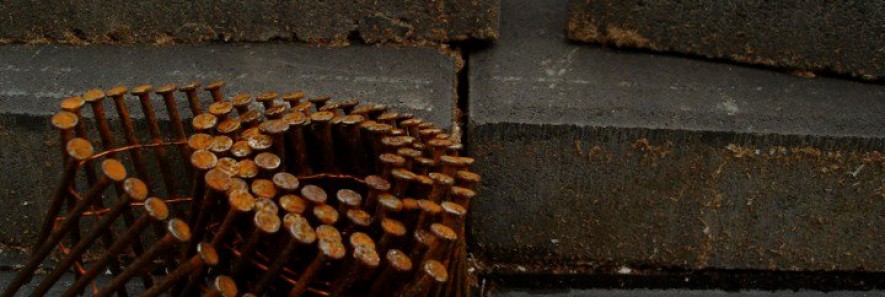There’s something about choosing content and designing layouts while using nothing but type. When all the elements are taken away (colour, graphics, images, rules) I feel like I have more freedom to be creative. The more restrictions that are put on me, the more I feel I can flourish. It is for this exact reason that I chose to be a designer, and not a fine artist. I need rules, I crave restrictions, and I thrive on limitations. When there are too many options, I feel like I can’t think. There’s an infinite number of possibilities! But when I am only designing using type, I feel like I can push the boundaries and explore.
So I obviously loved this assignment. The only thing that was left to us was deciding on a topic and content, and the idea of doing a book about C. S. Lewis came to me pretty early. I chose content by ensuring I had pieces of varying lengths to work with (a couple one sentence quotes and a couple ten stanza poems), and then by just choosing my favourite works or quotes of Lewis’s. The only really challenging thing about this project was choosing typefaces, because I honestly just wanted to use one! Which I suppose is actually a good thing. While the purpose of this assignment was to practice using different kinds of typefaces, in the “real world” we should realistically be only using one or two typefaces for an entire piece. So I guess it’s good that it felt really forced to use 8 different typefaces? But for this assignment, I pretty much only wanted to use Centaur, and had to force myself to use other typefaces for the other pages. Centaur is just so perfectly C. S. Lewis-y that nothing else seemed to work. But in the end, I obviously made it work. Because that’s my job (or at least it will be, once I graduate). I’m pretty happy with the end result, and I’m actually planning on giving this little book to a few of my family members who are fans of Lewis’s work. Here’s an example of the cover and the first page.
I hope Jack would be proud.
































